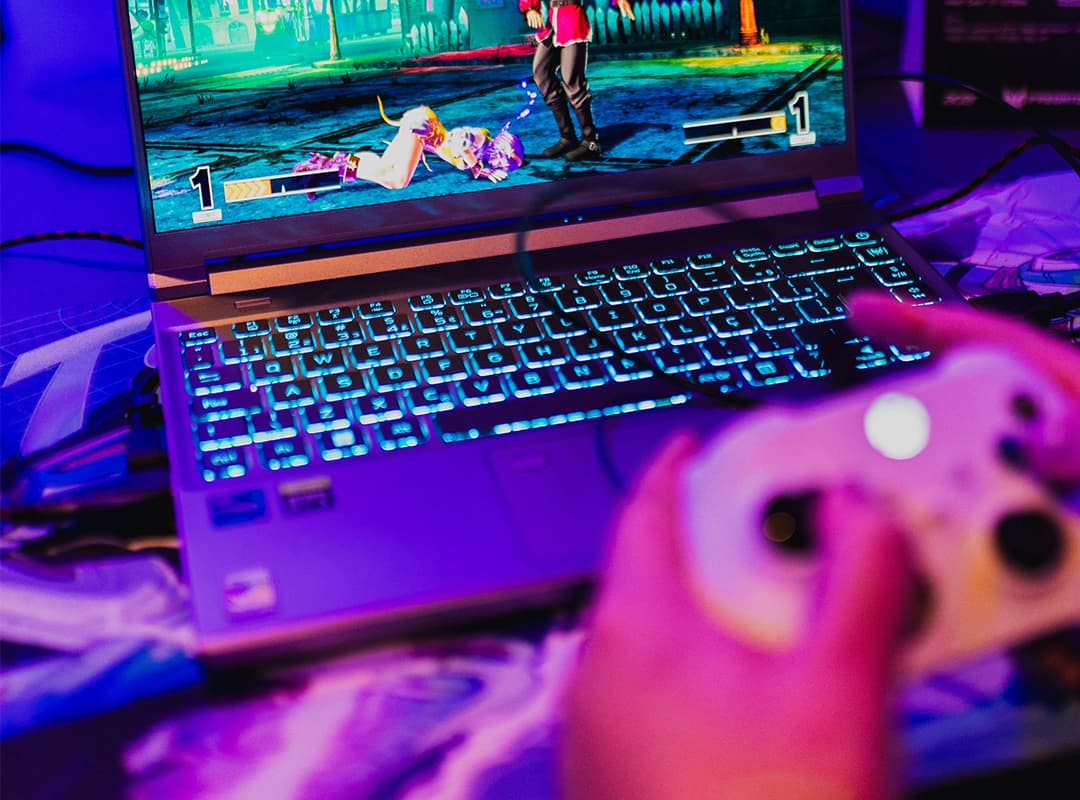NFT gaming has gained significant traction in recent years, and among the many titles making waves in the industry is Splinterlands. This blockchain-based trading card game has captivated players with its strategic depth, play-to-earn opportunities, and vibrant community. In this review, we’ll explore what makes Splinterlands a standout in the NFT gaming world, detailing its gameplay, economic model, and the reasons behind its growing popularity. For those looking to dive deeper into the NFT gaming space, make sure to check out www,x for all the latest insights and updates.
What is Splinterlands?
Splinterlands is an NFT-based collectible card game that operates on the Hive blockchain. It combines elements of traditional trading card games with blockchain technology, allowing players to own, trade, and earn from their cards. Each card in Splinterlands is an NFT, meaning it is a unique digital asset that players can buy, sell, or trade on various platforms. The game offers a play-to-earn model, where players can earn cryptocurrency by participating in battles, tournaments, and other in-game activities.
Gameplay Overview
The core of Splinterlands’ gameplay revolves around strategic card battles. Players build a deck from their collection of cards, each representing a different monster or summoner with unique abilities and stats. The game is turn-based, and players must choose their cards wisely, considering factors like mana cost, abilities, and synergy with other cards.
- Battles: In Splinterlands, battles are automated, meaning once the players have chosen their cards and set their lineup, the game’s AI handles the rest. The outcome is determined by the combination of the cards’ stats, abilities, and the player’s strategy in assembling their deck.
- Tournaments: Players can enter tournaments to compete against others for prizes, including rare cards and cryptocurrency. Tournaments add a competitive edge to the game, drawing in players who enjoy both strategic play and the potential for earning rewards.
- Card Collection and Trading: Collecting and trading cards is a significant aspect of Splinterlands. Each card varies in rarity, power, and market value, and players can buy or sell them on the in-game marketplace or external platforms. The value of these cards can fluctuate, making the trading aspect both exciting and potentially lucrative.
The Play-to-Earn Model
One of the most compelling features of Splinterlands is its play-to-earn model. Players can earn Dark Energy Crystals (DEC), the in-game currency, by winning battles, completing quests, and participating in tournaments. DEC can be used to purchase new cards, potions, and other in-game items or traded for real money on cryptocurrency exchanges.
Additionally, players can earn SPS (Splintershards), the game’s governance token, which can be staked for rewards or used to influence the game’s development. This economic model has created a thriving in-game economy where players can potentially generate income by playing the game, making Splinterlands not just a hobby, but a possible source of income.
Community and Ecosystem
Splinterlands boasts a strong and active community, with players from around the world participating in the game’s ecosystem. The developers have actively engaged with the community, regularly hosting events, tournaments, and discussions to keep players involved. The game’s decentralized nature means that players have a say in its future development, contributing to a sense of ownership and investment in the game’s success.
Moreover, Splinterlands is part of a broader ecosystem that includes partnerships with other blockchain projects, integrations with different platforms, and a growing marketplace for NFTs. This interconnectedness adds depth to the game and expands its reach beyond just a single gaming experience.
Why is Splinterlands So Popular?
Several factors contribute to the popularity of Splinterlands:
- Strategic Depth: The game’s strategic gameplay appeals to fans of collectible card games, offering a rich and rewarding experience that requires both skill and planning.
- Economic Opportunities: The play-to-earn model is a significant draw, allowing players to earn cryptocurrency and potentially profit from their gameplay.
- Community Engagement: A strong, active community helps keep the game vibrant and evolving, with regular events, tournaments, and discussions.
- NFT Ownership: Players truly own their in-game assets, which can be traded, sold, or held as investments, adding a layer of financial opportunity to the gaming experience.
- Accessibility: Unlike some other blockchain games, Splinterlands is relatively easy to get started with, making it accessible to a broad audience, from casual gamers to hardcore NFT enthusiasts.
Splinterlands stands out in the NFT gaming world for its blend of strategic depth, play-to-earn opportunities, and strong community engagement. Whether you’re a seasoned card game player or new to the world of NFTs, Splinterlands offers a compelling and rewarding experience that’s worth exploring.
For more information on Splinterlands and other exciting NFT games, visit www. x. Our platform provides the latest news, reviews, and insights to help you stay ahead in the ever-evolving world of blockchain gaming.
